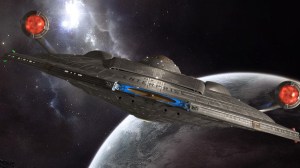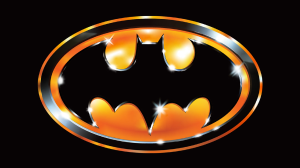Marvel has revolutionized the superhero crossover over the decades. The first major Marvel crossover came in 1939’s Marvel Mystery Comics #8, as Namor and the Golden Age Human Torch clashed for the first time. Crossovers were an excellent way to get fans of one character to like others, and became an important part of Marvel’s publishing strategy. In the 1980s, Marvel took the crossover to the next level by creating the event miniseries, allowing them to have crossovers that went beyond simply just having a character appear in another character’s book and could include the entire Marvel Universe.
Videos by ComicBook.com
There are some Marvel crossovers that everyone remembers, classics like Infinity Gauntlet and Civil War, which have been immortalized on the big screen. However, there are also loads of Marvel crossovers that even the biggest Marvel fans have forgotten. These forgotten Marvel crossovers vary wildly in quality, with some being great and some being trash, but many of them could be recycled into something special.
Marvel Super Hero Contest of Champions
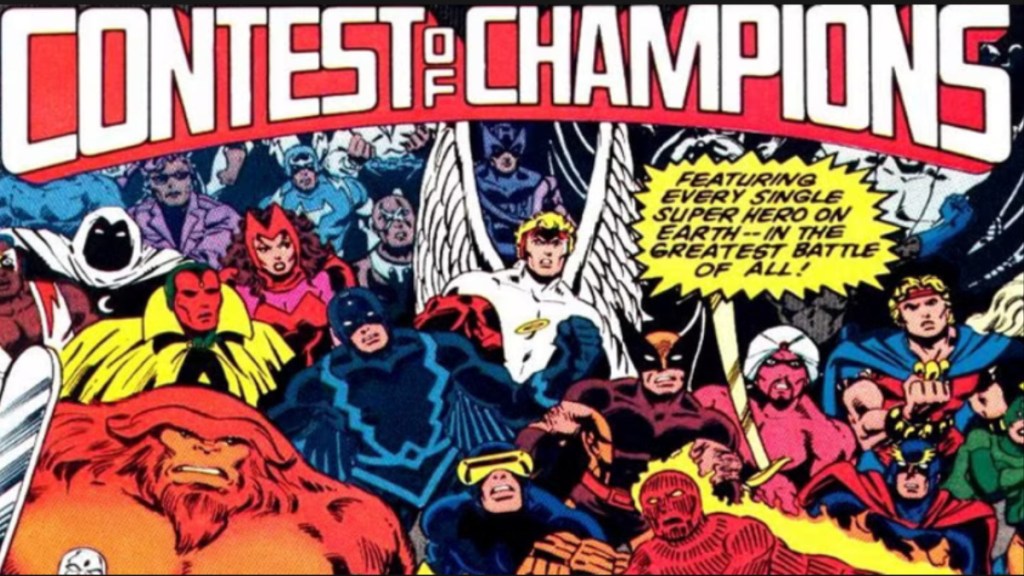
Marvel Super Hero Contest of Champions, by Mark Gruenwald, Steven Grant, Bill Mantlo, and John Romita Jr., holds the distinction of being the first event miniseries ever. The 1982 story is quite simple — the superheroes of Earth are kidnapped for a game between the Grandmaster and Death. If Grandmaster wins, his brother the Collector is resurrected. If Death wins, Grandmaster dies.
Marvel Super Hero Contest of Champions pit hero versus hero in a variety of contests, and also tried to introduce all new heroes to the Marvel Universe, ones from around the world. Marvel Super Hero Contest of Champions was something of a success, and it wouldn’t be the last time Marvel heroes would be pitted against each other at the behest of powerful cosmic beings. In fact, the monumental JLA/Avengers crossover copied its structure — heroes pitted against each other by two more powerful beings — down to including the Grandmaster. However, the book itself never became as popular as the next major Marvel event — Secret Wars — and most Marvel fans, even diehard comic readers, haven’t thought of it in ages.
Infinity Crusade
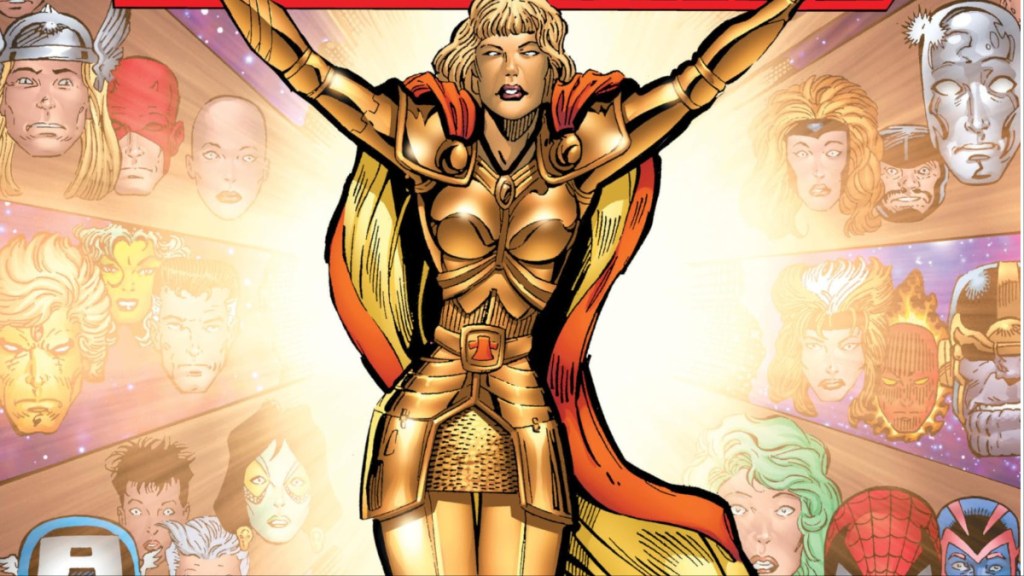
Infinity Gauntlet has gone down in Marvel history as one of its best crossovers ever. It brought Thanos back to prominence and served as the basis for the first three phases of the MCU. It’s a major part of Marvel history, but what most people don’t know about it is that it’s the beginning of a trilogy. Writer Jim Starlin and artist Ron Lim would work on two sequels, the last of which would be completely overshadowed by what came before.
Infinity Crusade pits the heroes of the Marvel Universe against the Goddess, a being created by Adam Warlock, the hero of the Infinity trilogy, when he gained the Infinity Gauntlet. The Goddess represented everything good inside him, which he jettisoned along with everything evil to make himself a better God, and was able to make many heroes her disciples. The only problem was that her implacable nature made her a danger to the universe, forcing the other heroes to battle her. Infinity Crusade, all things considered, is pretty mediocre, which is why it’s not remembered. It doesn’t have the bombast of Infinity Gauntlet and can’t match the quality of its immediate predecessor.
Infinity War
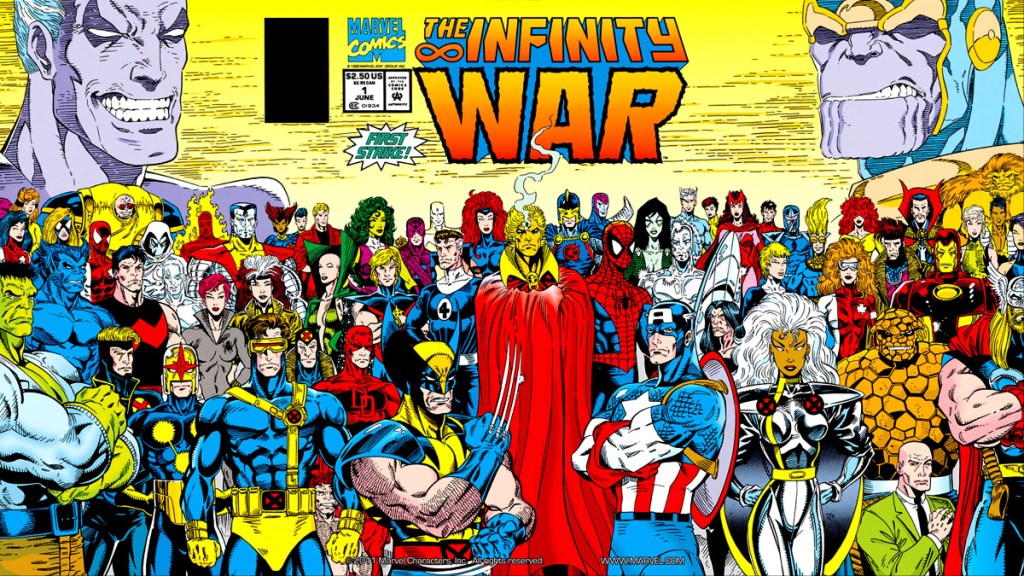
Infinity Gauntlet ended with Adam Warlock gaining the Infinity Gauntlet and becoming God. This led to Adam Warlock and the Infinity Watch, an ongoing series that saw the hero split the Infinity Gems among a group of friends, including familiar MCU characters Gamora and Drax. However, the mistakes of Warlock’s short time as God would come back to roost in Infinity Gauntlet‘s sequel Infinity War.
The book sees Thanos, who has decided to stop trying to be a universe-shattering monster, finding that the Magus has returned. The Magus was an evil Adam Warlock from another future, returned thanks to Warlock’s jettisoning of his dark side, and Thanos goes immediately to warn Warlock. Meanwhile, on Earth, twisted doppelgangers begin attacking the heroes, with some succeeding in taking the place of those they attack. Infinity War goes on from there, and it’s amazing. Starlin and Lim give readers a multi-faceted crossover, full of actions and big revelations. The story can get a little complicated, but that’s part of its charm. There are some who like it more than Infinity Gauntlet, but that didn’t keep it from being forgotten. However, it did become the namesake of the greatest Avengers movie, which isn’t too shabby. However, most don’t even know it exists.
Maximum Security
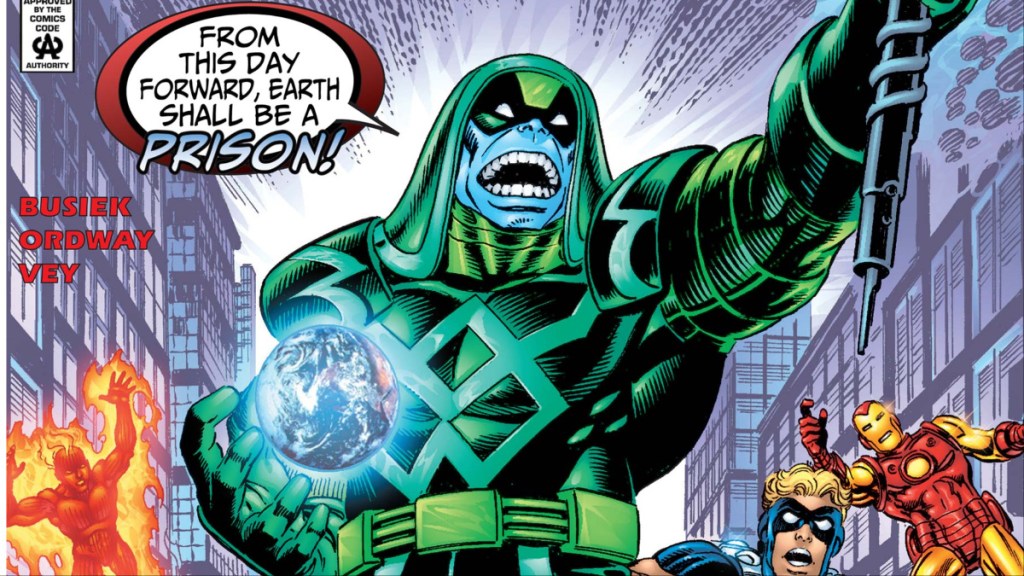
The ’90s aren’t remembered as the best time for Marvel. The company started the decade with a bang, with best-selling books like Spider-Man, X-Force, and X-Men breaking records, but Marvel would be forced into bankruptcy in the middle years of the decade. 1998 and 1999 would be better creatively, with the Heroes Return story bringing the Avengers and their related heroes back to prominence. Threads from Avengers and Avengers Forever would be brought together in 2000’s Maximum Security, by Kurt Busiek and Jerry Ordway.
The gist of the story is that multiple alien civilizations, including the familiar-to-MCU-fans Skrulls and Kree, attacked the Earth, tired of its heroes always interfering in their affairs. They designate the planet a prison, forcing the heroes to free the Earth. Maximum Security is a perfectly serviceable story, but it came right before Marvel would go through a major reorganization. It didn’t really do anything important to the overall Marvel Universe, and would be quickly overshadowed by the beginning of Joe Quesada’s regime as editor-in-chief.
Secret War (2004)
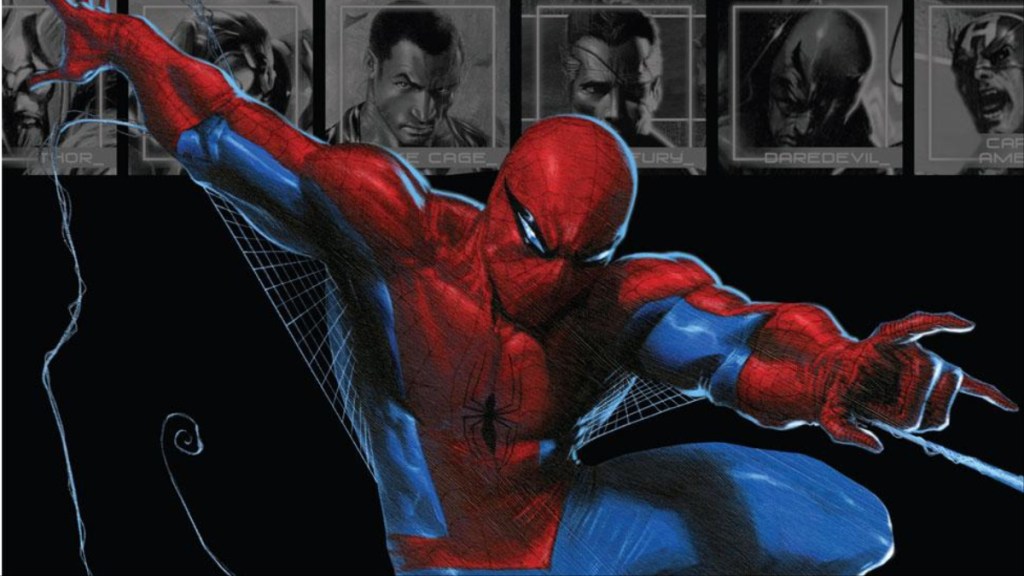
Secret Wars is a venerable name in Marvel history, with several events and the upcoming film Avengers: Secret Wars all using it. However, 2004’s Secret War doesn’t have the same cache of some of the projects that shared its name. Written by Brian Michael Bendis with art by Gabriele Dell’Otto, the story serves as a prequel of sorts to the events books of the mid to late ’00s.
At some point in the past, Nick Fury recruited a group of heroes — Captain America, Black Widow, Spider-Man, Wolverine, Luke Cage, Daredevil, and S.H.I.E.L.D. agent Daisy Johnson — to deal with Latveria’s Prime Minister Lucia von Bardas. After they defeat her, Fury mindwipes the heroes, which leads to problems when von Bardas recruits an army of tech-based B-list heroes and attacks the heroes. It weaved many strands that would be important down the road for Marvel, but the book was plagued with delays, which played a factor in it being forgotten — back then, fans got tired of waiting for it and by the time it finished, much of what it was the prequel to had already started.
Fear Itself
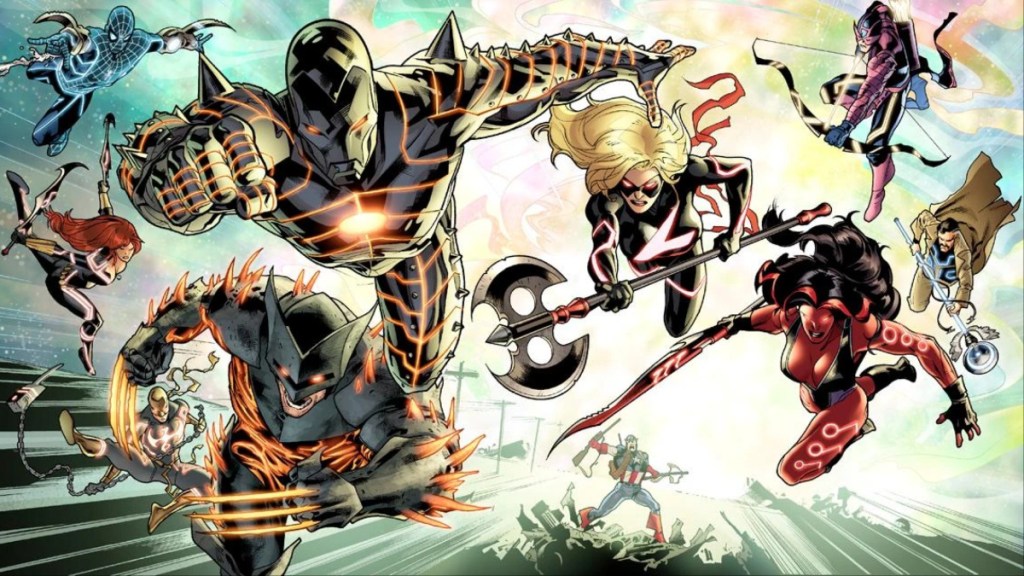
From 2005 to 2010, Marvel’s event books were the hottest tickets in town. House of M, Civil War, Secret Invasion, and Siege all built off one another, charting the course of the Marvel Universe. The end of Siege led to the Heroic Age publishing initiative, which healed the fractures the earlier events had caused across Marvel and the first major event of that period would be Fear Itself, by Matt Fraction and Stuart Immonen. However, the story faded away quickly.
Fear Itself revolved around the return of the Norse God of Fear, the Serpent. The Serpent used magic hammers to create the Chosen — Hulk, the Thing, Juggernaut, Titania, Attuma, Grey Gargoyle, and the Absorbing Man — attacking the planet. There are some cool action sequences and ideas — including Iron Man using Asgardian uru metal to create weapons for a group of heroes — but it didn’t make any impact. It “killed” off Bucky while he was Cap, but it was revealed that only a S.H.I.E.L.D. Life Model Decoy died. Thor is killed at the end, but that was also quickly undone in his book. Fear Itself felt like it was meant to be a big fun crossover — all empty calories — and that led to it being completely forgotten.
[RELATED: 5 MCU Characters That Deserve Spinoffs]
Dark Avengers/X-Men: Utopia
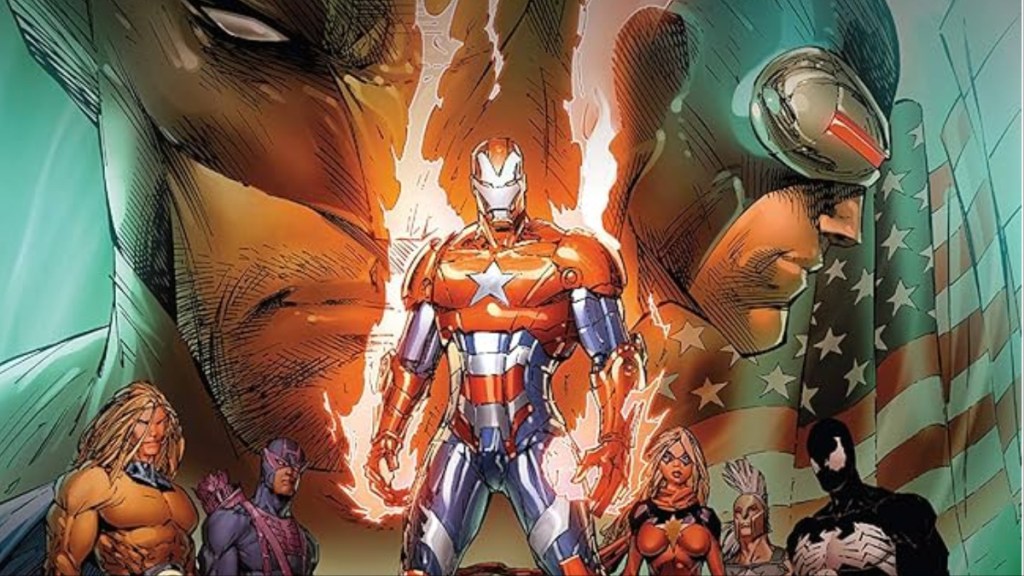
The Dark Reign publishing initiative spun out Secret Invasion. After the Skrulls were defeated, then-Director of S.H.I.E.L.D. Iron Man was blamed for the aliens getting so far and Norman Osborn, former Green Goblin and head of the Thunderbolts, is given control of the superhero national security apparatus. He creates his own team of Avengers, with heroes Ares and Sentry joined by Bullseye, Moonstone, Venom, and Daken, the four of them wearing the mantles of Hawkeye, Ms. Marvel, Spider-Man, and Wolverine respectively, with Osborn repurposing Iron Man armor and becoming the Iron Patriot. Dark Reign saw him tighten his grip on the superhero community and led to Dark Avengers/X-Men: Utopia, by Matt Fraction, Luke Ross, Terry Dodson, and Mike Deodato.
The story pits the Avengers against the X-Men in San Francisco after the Friends of Humanity march against the mutants. It all leads to a face-off between the two on Utopia, an island created from the fragments of Magneto’s Asteroid M. The X-Men win and they declare their new island a mutant nation, while Osborn claims victory in the press. This story was extremely important from 2009 to 2012, but as the X-Men moved on from Utopia and Dark Reign was further in the rear view, it’s been lost to the mists of time.
X-Men vs. Avengers
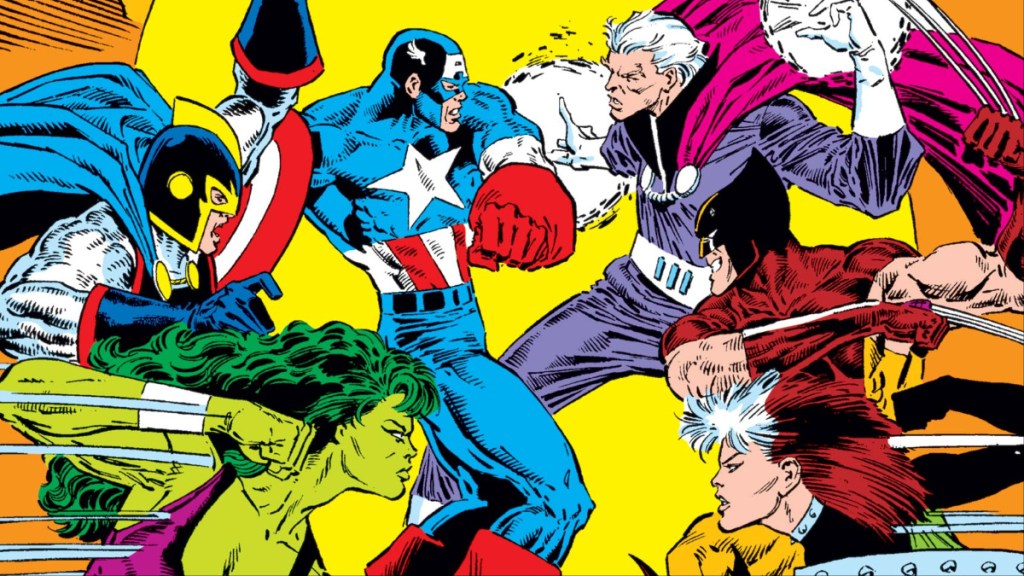
While the Avengers and the X-Men are Marvel’s two most popular teams, when most fans think of their crossovers, they think of a particular one: 2012’s Avengers vs. X-Men. However, back in 1987, Marvel made a miniseries that pit the two teams against each other as well: X-Men vs. Avengers, by Roger Stern and Marc Silvestri. Since the X-Men were much more popular than the Avengers at the time, they got top billing in the four-issue series.
The book sees the two teams collide over Magneto, who the Soviet Super Soldiers are trying to take into custody for his sinking of a Soviet sub while he was a villain. It’s a pretty simple story, with the heroes fighting each other, then teaming up against a common enemy before going their separate ways. It’s the basic superhero crossover plot formula, which is why this story has been forgotten. It wasn’t some massive universe-shaking epic, so it faded into the background.
Atlantis Attacks
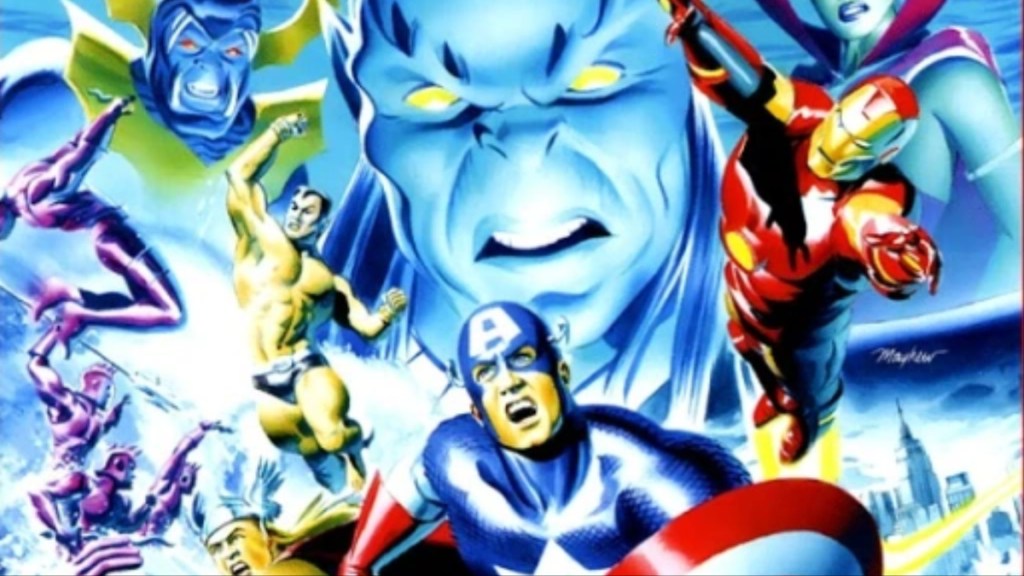
For years, Marvel and DC published annual issues, usually oversized comics that told a one-and-done story. In the late ’80s and early ’90s, Marvel decided to use its annuals to tell crossover stories and 1989 would see the publication of Atlantis Attacks. The story dealt with Ghaur, a member of the Deviant race, returning to Earth and attempting to summon the serpent god Set, enlisting the help Llyra of Lemuria. They search out the Serpent Crown, an object of great power, and make an alliance with Attuma, who was king of Atlantis at the time. They begin transforming humans into serpents using a secret formula and kidnapping female superheroes to act as brides of Set.
This caused the heroes to spring into action. Atlantis Attacks ran through 14 annuals. These annual events never really felt very important, which plays a factor in it being forgotten. The other is the focus of it. While Namor is one of Marvel’s first heroes, Atlantis was never extremely important to the Marvel Universe, nor were the Deviants or Lemuria. On top of that, it shared something in common with other entries in this list — it had no impact on the Marvel Universe. Nothing major changed from Atlantis Attacks and while a new Atlantis Attacks was published in 2020, all it shared with this story was its name.
The Evolutionary War
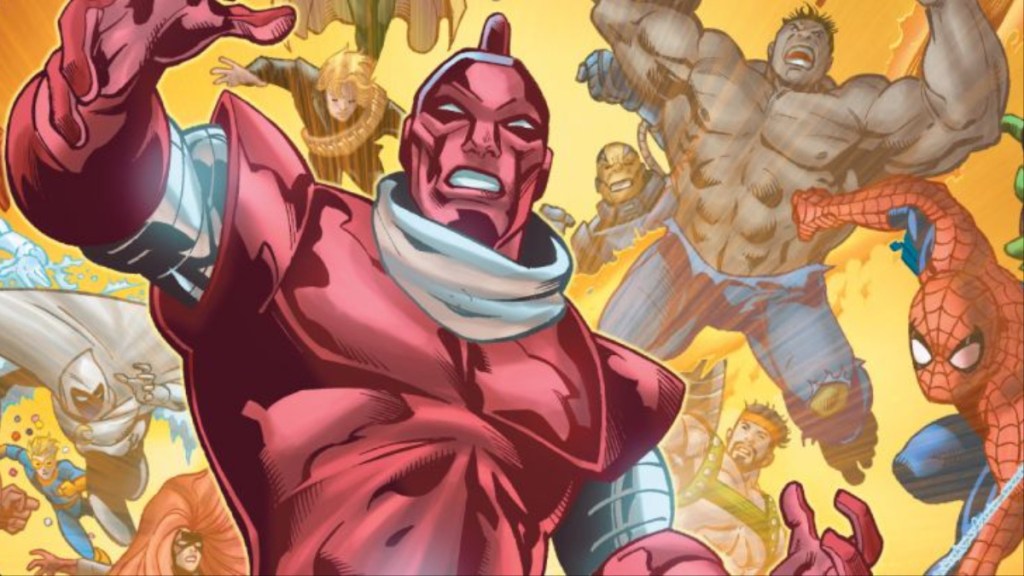
The Evolutionary War was the first annual event, being published in 1988. The story ran through 11 different annuals, and concentrated on the High Evolutionary. The High Evolutionary returned after an apparent suicide attempt, deciding to redouble his efforts to make humanity the perfect species. The story sees him trying to artificially accelerate the evolution of humanity, all while eliminating what he perceives as genetic dead ends. The heroes spring into action against him.
The Evolutionary War was a perfectly fine story, but there’s nothing in it to make it memorable. There aren’t really any huge moments and its impact on Marvel is nil. The High Evolutionary is always a cool villain when he shows up, as MCU fans learned in Guardians of the Galaxy Vol. 3, but his stories all blend together after a while. The Evolutionary War doesn’t stand out in Marvel history at all, leading it to be dropped down the memory hole by fans.

